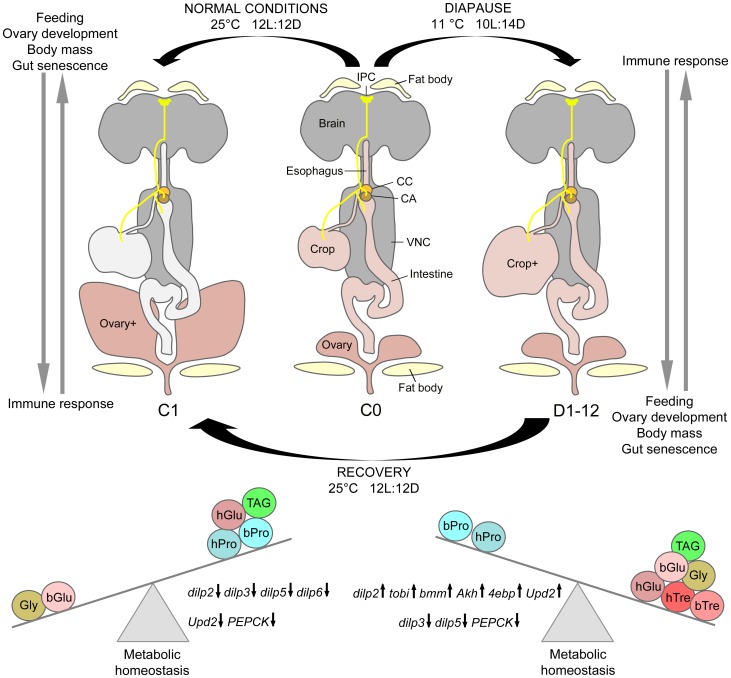Figure 8. Reproductive diapause is an adaptive life-history trait in D. melanogaster induced by unfavourable environmental conditions.
Under favourable conditions (25°C, 12L:14D) newly eclosed virgin flies (C0) with previtellogenic ovaries develop into a reproductive mature flies with vitellogenic ovaries (C1). However, if the initial C0 flies are exposed to unfavourable conditions (11°C, 10L:14D), they enter reproductive diapause (D) characterized by arrested ovarian development. Diapause in D. melanogaster is characterized by slowed maturation and aging, as indicated by previtellogenic ovaries and slowed aging of the gut epithelium. During diapause (D1–12) flies ingest very little food compared to control flies (C1). In diapausing flies there is an increase in hemolymph glucose (hGlu) and trehalose (hTre), body glucose (bGlu) and trehalose (bTre), as well as stored glycogen (Gly) and triacylglycerides (TAG), but neither in hemolymph (hPro) nor total body protein (bPro). Diapausing flies also display increased levels of some immune gene transcripts. The metabolic homeostasis is regulated by insulin producing cells (IPCs), endocrine cells of the corpora cardiaca (CC) and fat body cells. During diapause the expression profiles of several genes are altered: including dilps (Drosophila insulin-like peptides), Akh (adipokinetic hormone), tobi (target of brain insulin), bmm (Brummer lipase), PEPCK (phosphoenolpyruvate carboxykinase), Upd2 (unpaired-2) and 4ebp (eukaryotic initiation factor 4 binding protein). Flies recover from diapause within a week of return to normal temperature and photoperiod (recovery), emphasizing that the dormancy serves during periods of unfavourable conditions. The outlines of the fly CNS, intestine and ovaries are redrawn from Toivonen and Partridge (2009) [116] with permission from L. Partridge.

